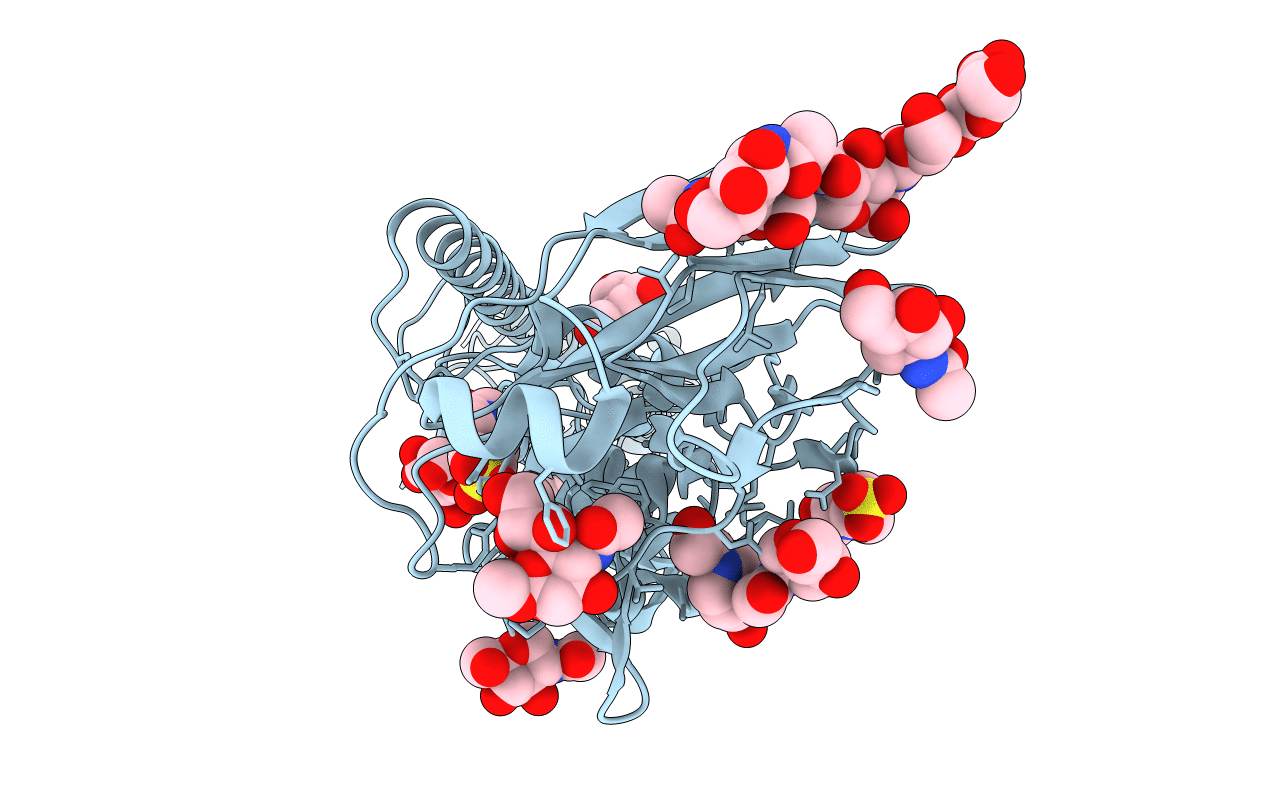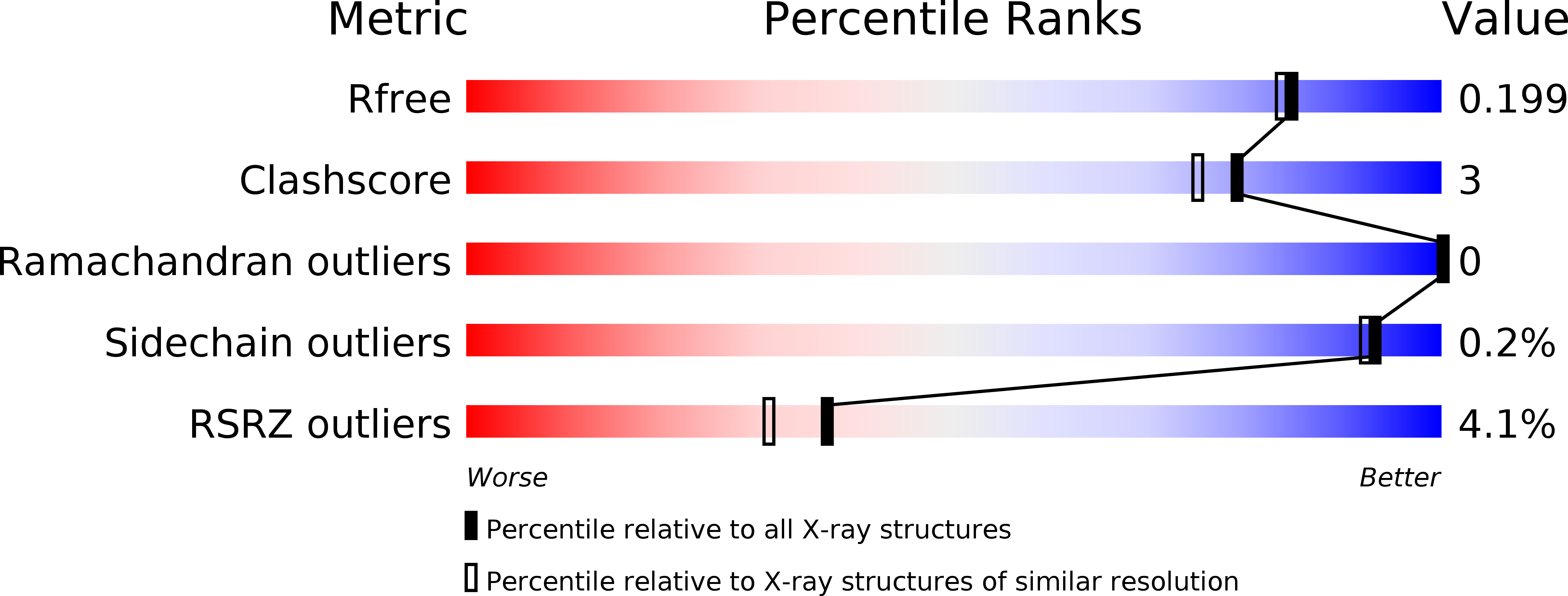
Deposition Date
2012-10-29
Release Date
2012-11-07
Last Version Date
2024-10-23
Entry Detail
PDB ID:
2YP9
Keywords:
Title:
Haemagglutinin of 2005 Human H3N2 Virus in Complex with Avian Receptor Analogue 3SLN
Biological Source:
Source Organism:
INFLUENZA A VIRUS (Taxon ID: 11320)
Host Organism:
Method Details:
Experimental Method:
Resolution:
1.79 Å
R-Value Free:
0.19
R-Value Work:
0.17
R-Value Observed:
0.17
Space Group:
H 3 2


